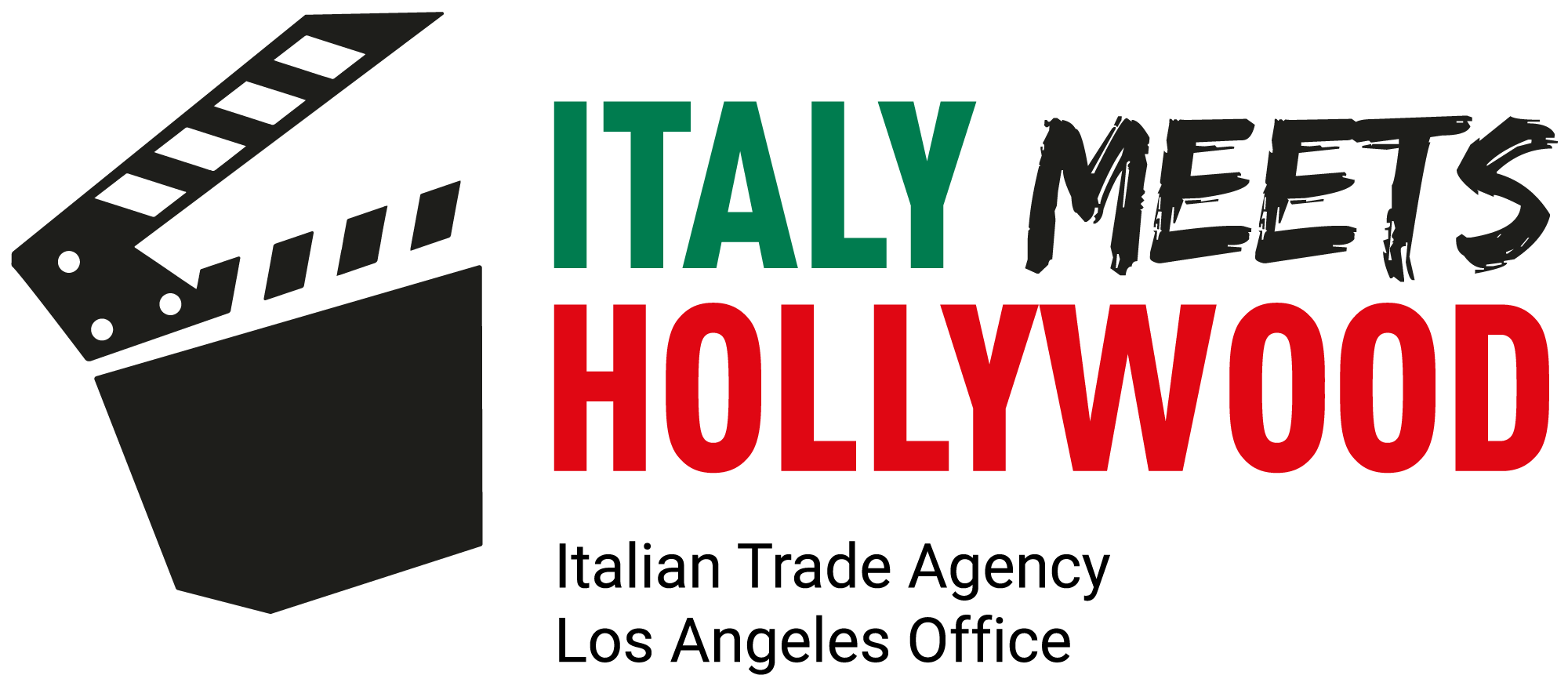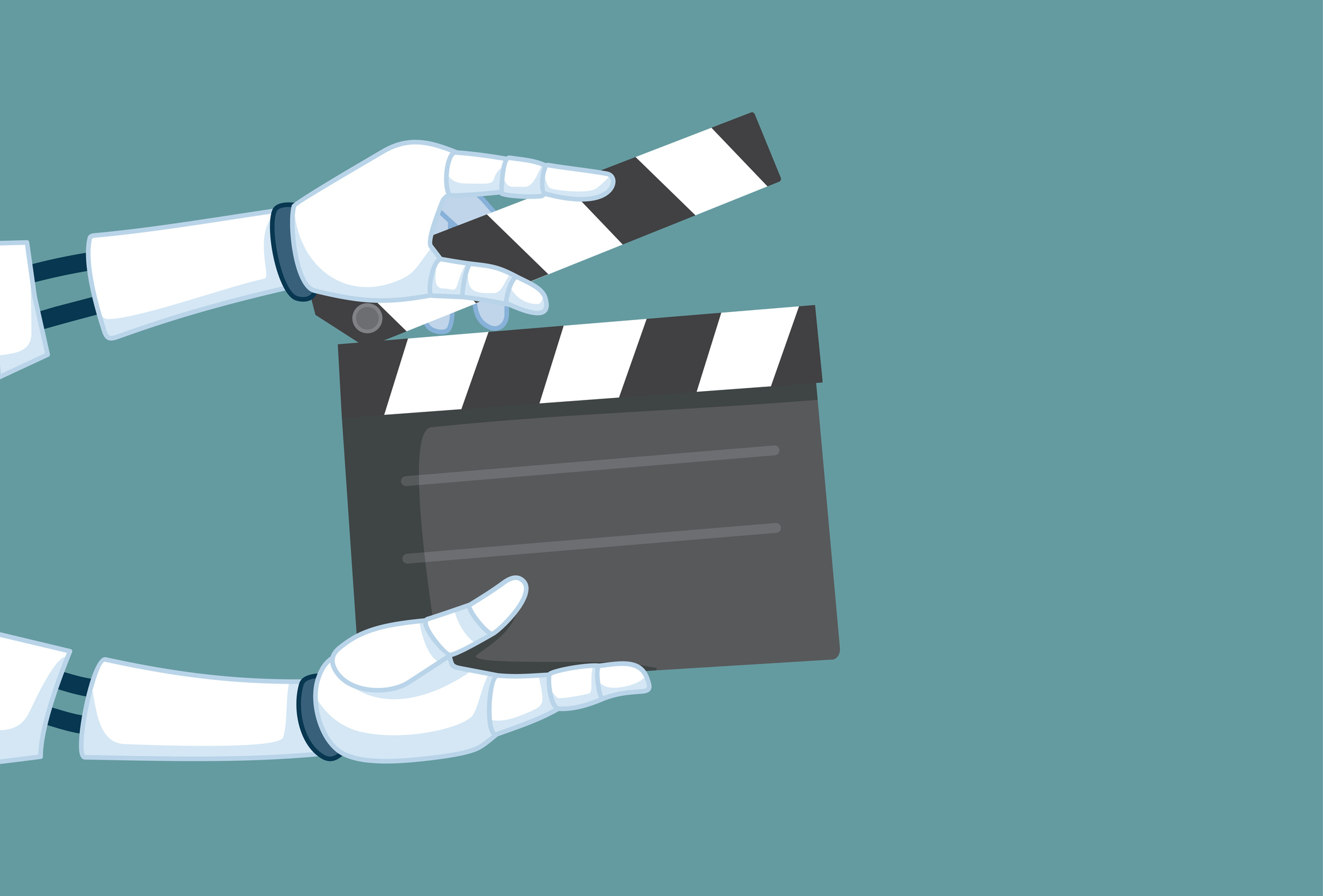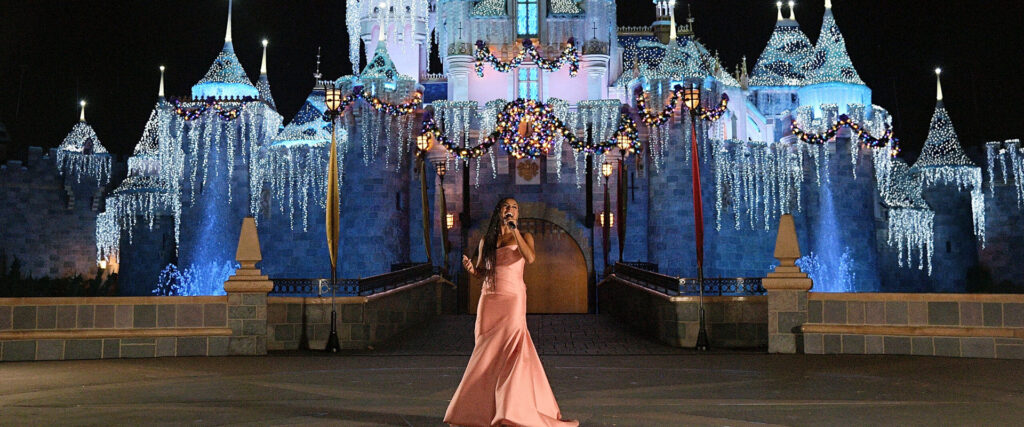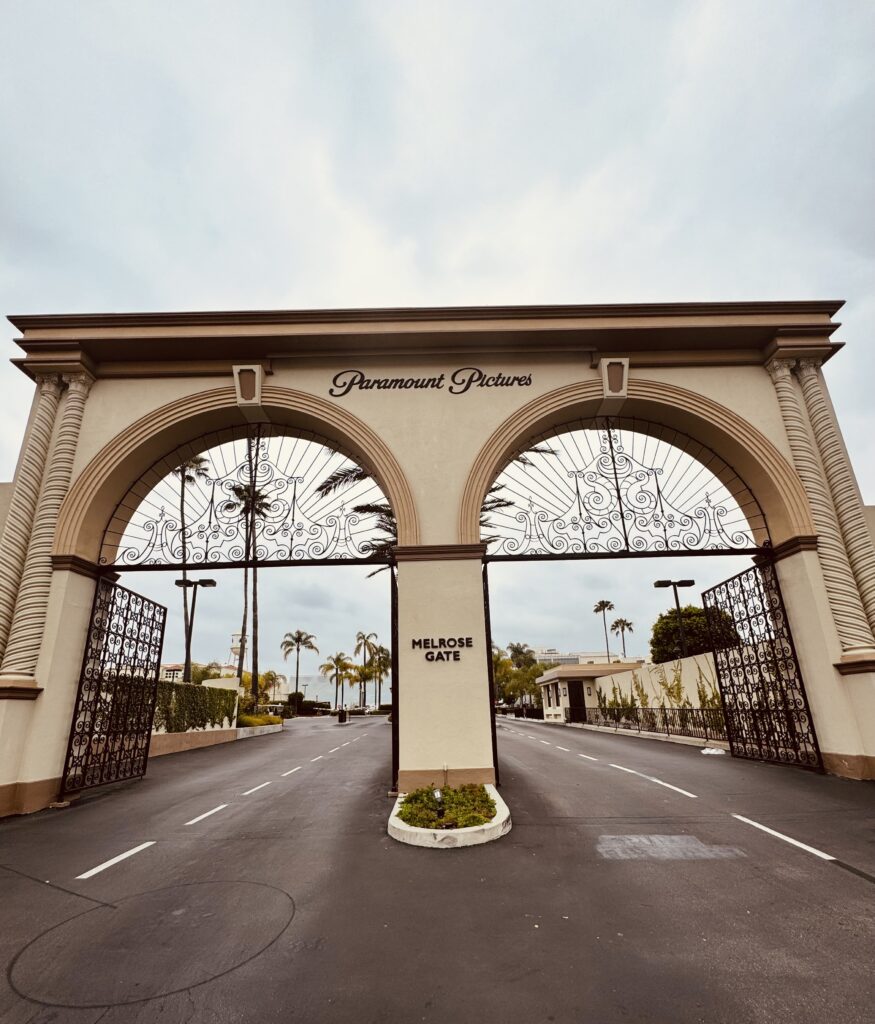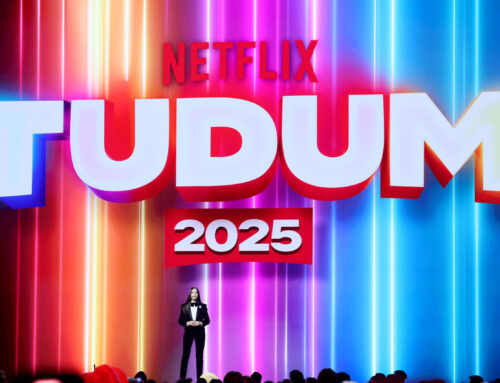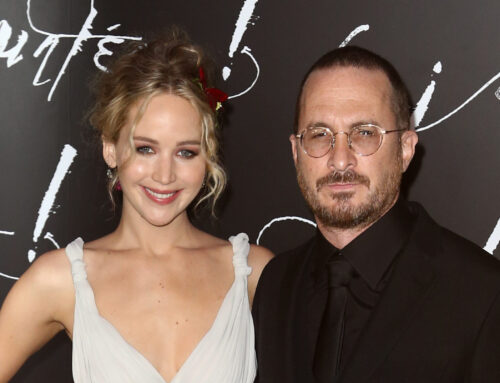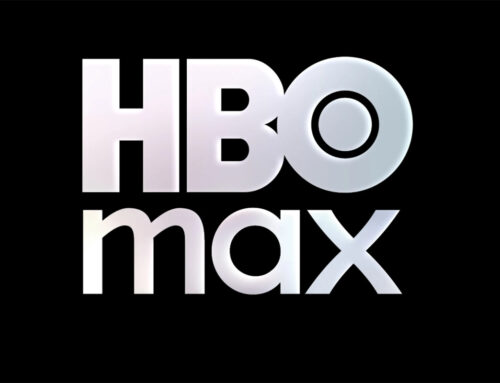AI’s Impact on Concept Art and Hollywood’s Film Future
The integration of generative AI into concept art creation is heralding a transformative era in creative industries, particularly within the realm of film and television. Concept art, a multifaceted domain encompassing character designs, environments, props, and costumes, finds its stronghold in genres like fantasy, sci-fi, and action. Traditionally, artists embarked on their creative journeys armed with stock photos, web searches, or past references. However, the landscape has undergone a seismic shift with the introduction of AI-generated images as the initial wellspring of inspiration, profoundly reshaping and enriching the design process in unprecedented ways.
AI imagery acts as a catalytic force, propelling communication among stakeholders and expediting consensus on design concepts before artists commit to finalizing assets. This accelerated iterative process, once a laborious endeavor spanning days or weeks, is now condensed into a streamlined collaborative effort, compressing timeframes and enhancing productivity manifold. Moreover, studios are increasingly leveraging AI-generated images to furnish visual cues to VFX studios, thereby simplifying complex concept explanations and fostering seamless collaboration between departments. The integration of AI imagery into pitch decks represents a paradigm shift in the traditional artist-studio dynamic during the embryonic stages of a project. Production designers are now empowered to harness AI tools to craft materials for pitches, thereby reshaping the creative landscape from its very inception.
However, amid these groundbreaking advancements, a host of concerns loom large, chief among them being the specter of job displacement and ethical quandaries. Artists grapple with the looming threat of potential obsolescence as AI tools ascend to prominence, particularly during the nascent stages of concept creation. Moreover, questions regarding the copyright legality and design integrity of AI-generated images cast a pall of uncertainty over the burgeoning landscape.
In parallel, Hollywood’s burgeoning fascination with AI for filmmaking is palpable, underscored by events like “AI on the Lot,” which attracted substantial attendance from industry luminaries. AI tools, with their myriad capabilities ranging from upscaling video resolution to generating immersive sound effects, are poised to revolutionize various facets of content creation. Nonetheless, skepticism abounds, particularly concerning the potential erosion of creative collaboration and the specter of job displacement. Industry stalwarts voice reservations about the far-reaching implications of AI on mid-career positions, especially within the hallowed precincts of writers’ rooms.
As AI continues its inexorable march toward ubiquity within creative workflows, stakeholders find themselves at a crossroads, tasked with navigating the intricate labyrinth of challenges while embracing the boundless opportunities for innovation and efficiency offered by these transformative technologies. Achieving equipoise between technological advancement and the preservation of creative integrity emerges as the sine qua non in shaping the future trajectory of content creation in Hollywood and beyond.
SOURCE: Forbes
Share:
The integration of generative AI into concept art creation is heralding a transformative era in creative industries, particularly within the realm of film and television. Concept art, a multifaceted domain encompassing character designs, environments, props, and costumes, finds its stronghold in genres like fantasy, sci-fi, and action. Traditionally, artists embarked on their creative journeys armed with stock photos, web searches, or past references. However, the landscape has undergone a seismic shift with the introduction of AI-generated images as the initial wellspring of inspiration, profoundly reshaping and enriching the design process in unprecedented ways.
AI imagery acts as a catalytic force, propelling communication among stakeholders and expediting consensus on design concepts before artists commit to finalizing assets. This accelerated iterative process, once a laborious endeavor spanning days or weeks, is now condensed into a streamlined collaborative effort, compressing timeframes and enhancing productivity manifold. Moreover, studios are increasingly leveraging AI-generated images to furnish visual cues to VFX studios, thereby simplifying complex concept explanations and fostering seamless collaboration between departments. The integration of AI imagery into pitch decks represents a paradigm shift in the traditional artist-studio dynamic during the embryonic stages of a project. Production designers are now empowered to harness AI tools to craft materials for pitches, thereby reshaping the creative landscape from its very inception.
However, amid these groundbreaking advancements, a host of concerns loom large, chief among them being the specter of job displacement and ethical quandaries. Artists grapple with the looming threat of potential obsolescence as AI tools ascend to prominence, particularly during the nascent stages of concept creation. Moreover, questions regarding the copyright legality and design integrity of AI-generated images cast a pall of uncertainty over the burgeoning landscape.
In parallel, Hollywood’s burgeoning fascination with AI for filmmaking is palpable, underscored by events like “AI on the Lot,” which attracted substantial attendance from industry luminaries. AI tools, with their myriad capabilities ranging from upscaling video resolution to generating immersive sound effects, are poised to revolutionize various facets of content creation. Nonetheless, skepticism abounds, particularly concerning the potential erosion of creative collaboration and the specter of job displacement. Industry stalwarts voice reservations about the far-reaching implications of AI on mid-career positions, especially within the hallowed precincts of writers’ rooms.
As AI continues its inexorable march toward ubiquity within creative workflows, stakeholders find themselves at a crossroads, tasked with navigating the intricate labyrinth of challenges while embracing the boundless opportunities for innovation and efficiency offered by these transformative technologies. Achieving equipoise between technological advancement and the preservation of creative integrity emerges as the sine qua non in shaping the future trajectory of content creation in Hollywood and beyond.
SOURCE: Forbes
